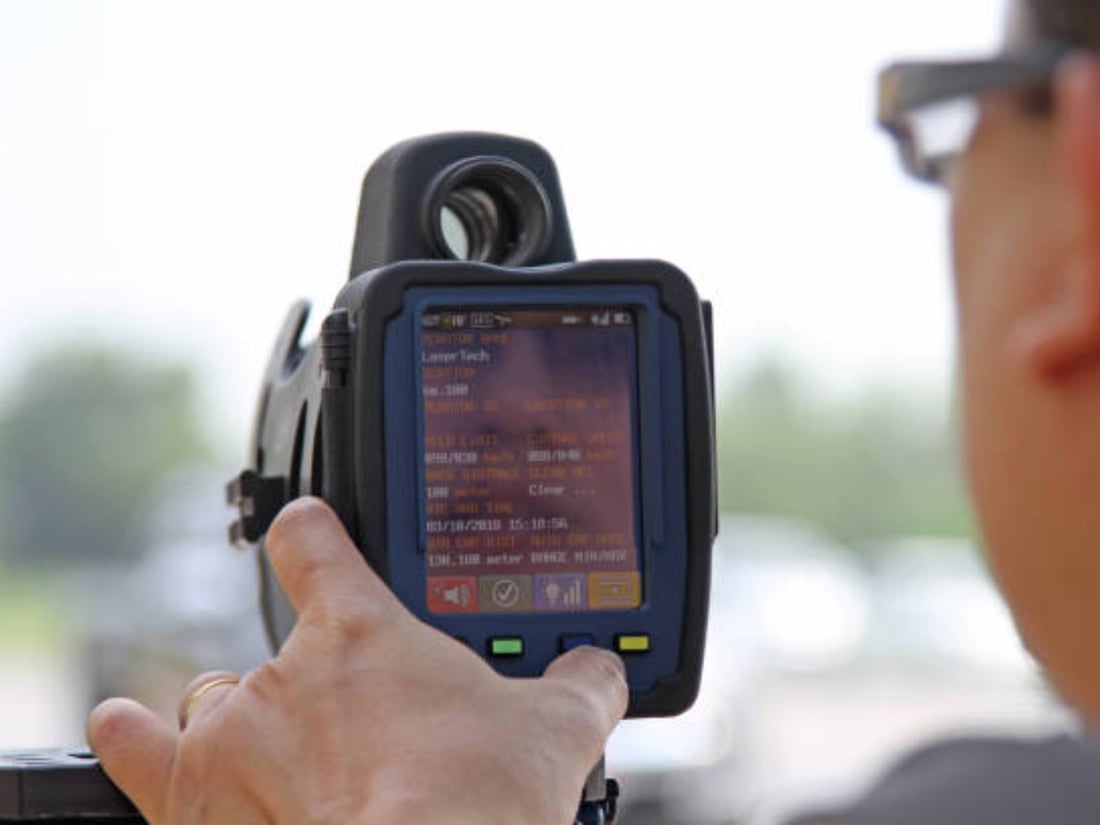Introduction
Vibration is a common phenomenon that occurs in various mechanical systems. It can cause wear, damage, and even failure of the system. The use of a vibrometer is an effective way to measure and analyze the vibration of a system. In this article, we will discuss the principle of vibrometer, its types, and applications.
The Principle of Vibrometer
The principle of vibrometer is based on the fact that a vibrating object generates a periodic motion that can be measured. There are two types of vibrometers - contact and non-contact. A contact vibrometer uses a probe that comes into contact with the vibrating surface, while a non-contact vibrometer uses a laser or other optical systems to measure vibration.
Types of Vibrometer
There are several types of vibrometers available in the market. Some common types include laser vibrometers, capacitive vibrometers, and accelerometer-based vibrometers. Laser vibrometers are non-contact and measure the vibration of the object by detecting the Doppler shift of the reflected laser beam. Capacitive vibrometers are contact-type and measure the vibration by measuring the change in capacitance between two parallel plates. Accelerometer-based vibrometers use an accelerometer to measure the vibration of an object.
Working of Vibrometer
The working of a vibrometer depends on its type. A laser vibrometer works by emitting a laser beam from a source onto the surface of an object. The beam is reflected back to the sensor, and the vibration of the object is determined by measuring the phase shift of the reflected beam. A contact vibrometer works by measuring the displacement of the sensing element that's in contact with the vibrating object.
Applications of Vibrometer
Vibrometers are used in various industries, including aerospace, automotive, and medicine. They are used to measure the vibration of airplane wings, car engines, and human bones. Vibrometers are also used to monitor the vibration of structures such as bridges and buildings.
Advantages of Vibrometer
The advantages of using a vibrometer include high accuracy, non-destructive testing, and real-time monitoring. Vibrometers can detect vibration frequencies as low as 0.1 Hz and as high as 1 GHz.
Disadvantages of Vibrometer
The disadvantages of using a vibrometer include the high cost of equipment, the need for skilled technicians to operate the equipment, and the inability to measure vibrations in confined spaces.
Conclusion
In conclusion, the vibrometer is an essential tool in the measurement and analysis of vibration in mechanical systems. The types of vibrometers, its working principle, and applications have been discussed. Vibrometers offer high accuracy, non-destructive testing, and real-time monitoring. However, they have some disadvantages such as high cost and skilled technician requirements.
Related Potential Long-tail SEO Keywords
- How Does a Vibrometer Work?
- Different Types of Vibrometer - Contact and Non-Contact
- Applications of a Vibrometer in Automotive Industry
- Advantages and Disadvantages of Using a Vibrometer
- Laser Vibrometer Working Principle Explained
- Accelerometer-based Vibrometer - How Does it Work?
- Capacitive Vibrometers - A Brief Overview
- Non-Destructive Testing Using Vibrometer in Medicine
- Real-time Monitoring of Vibrations Using Vibrometer
- How Vibrometer Helps in Monitoring the Vibration of Structures
vibrometer, types of vibrometer, non-contact vibrometer, contact vibrometer, laser vibrometer, capacitive vibrometer, accelerometer-based vibrometer, working principle, applications, advantages, disadvantages, monitoring vibrations
What is the principle of vibrometer?? Types, Working and Applications
What is the principle of vibrometer and its types, working, applications, advantages, and disadvantages explained in detail. Read on to find out more about vibration monitoring.
Quote Inquiry
Contact us!

